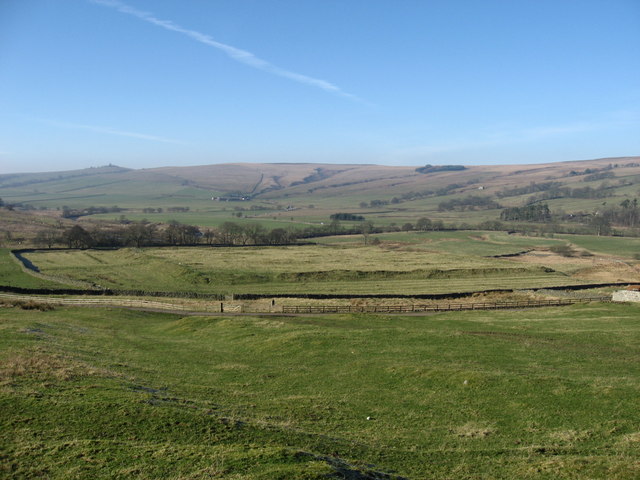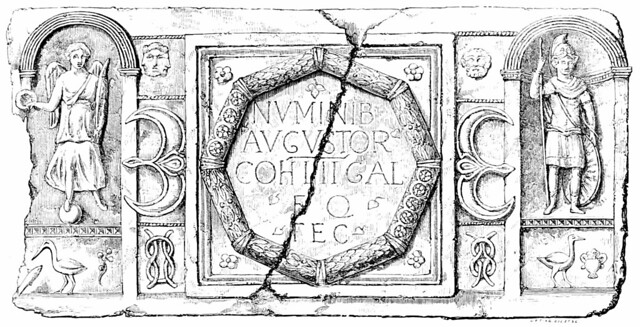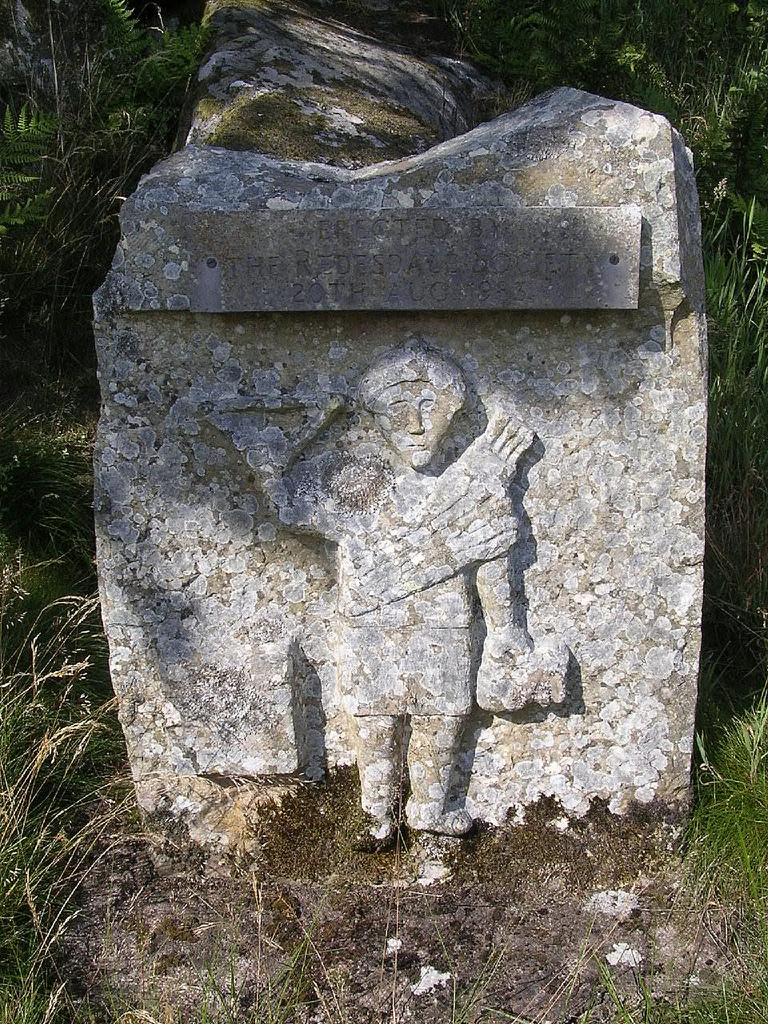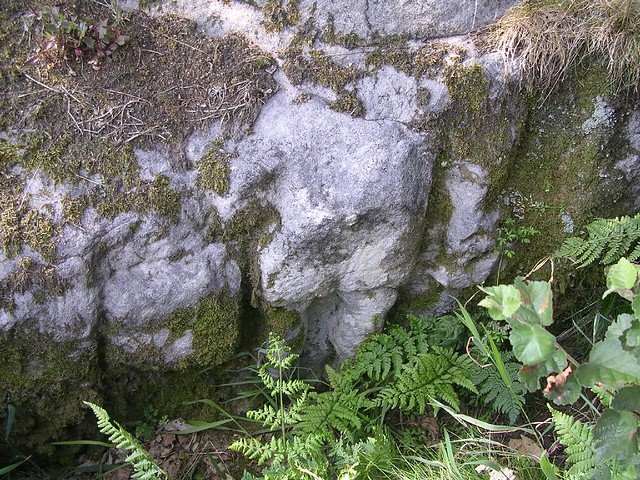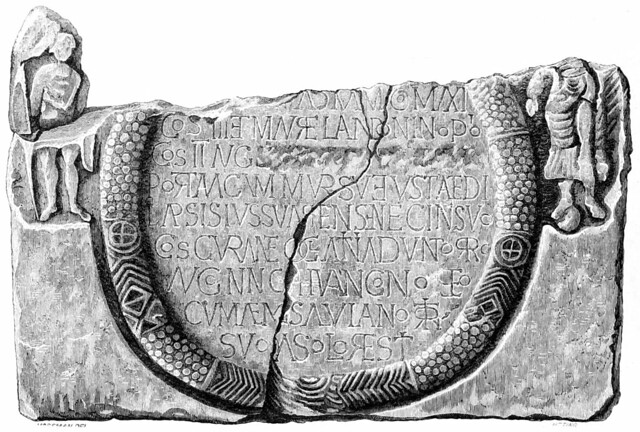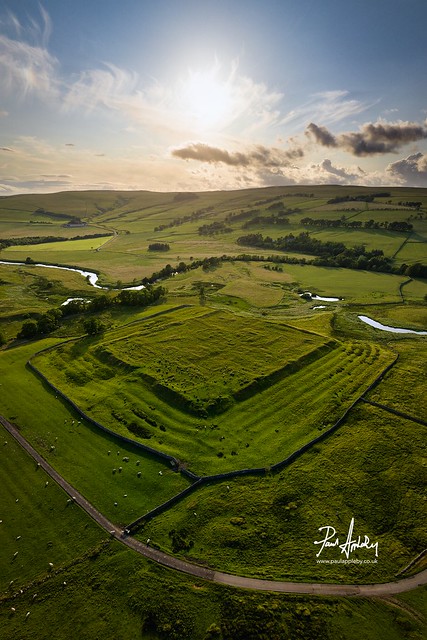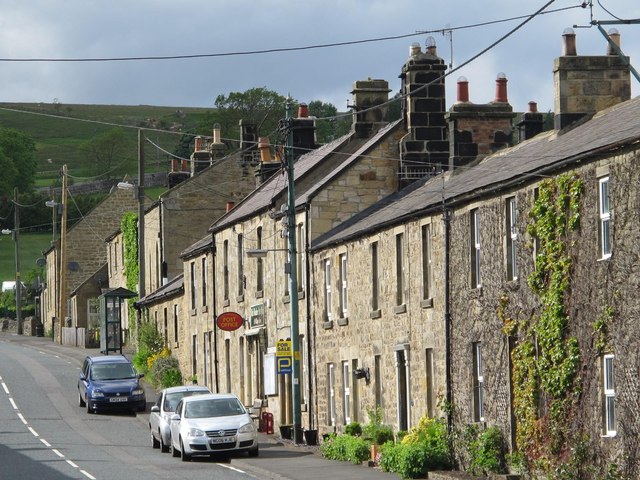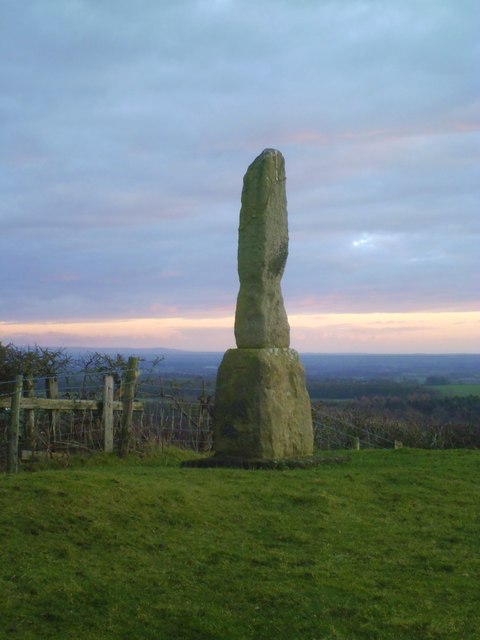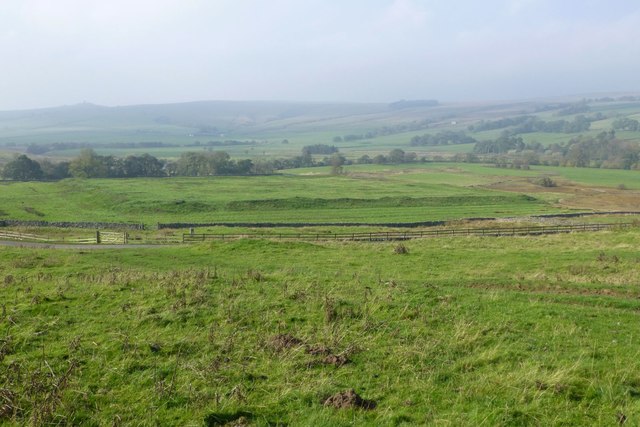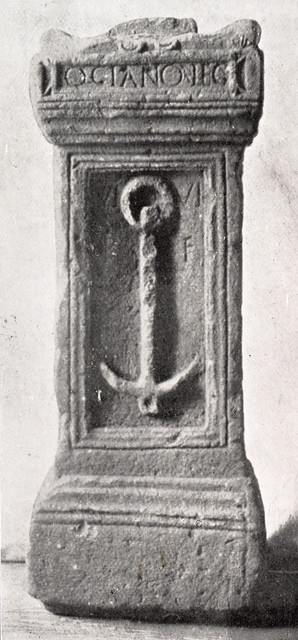Topics > Northumberland > West Woodburn > Habitancum Roman Fort
Habitancum Roman Fort
Habitancum was an ancient Roman fort (castra) located at Risingham, Northumberland, England. The fort was one of the defensive structures built along Dere Street, a Roman road running from York to Corbridge and onwards to Melrose.
The fort's name, Habitancum, is mentioned in the Ravenna Cosmography, but not in the Notitia Dignitatum, or other sources. Habitancum is also the name on an altar set up by Marcus Gavius Secundinus a consular beneficiary on duty there.
Location
The fort is situated north of Corbridge (Coria) and south of Rochester (Bremenium), the next Roman fort on Dere Street. It is west of the A68 road between Corbridge and Jedburgh, where the road crosses the River Rede at the village of West Woodburn. At this point Dere Street deviates westwards of the A68 and rejoins it a mile or two further north.
Description
The fort occupies a low mound overlooking the River Rede. It is oblong in shape and measures north to south, and east to west, giving an area of just over . It was surrounded by a number of ditches, which can still be seen on the south and west sides.
The fort had gates in the south and west walls. There may have been gates in the other walls but no sign of them has been found. The walls were of sandstone ashlar, backed by a clay bank thirty feet thick.
At the end of the 2nd century the fort was either abandoned or destroyed when large numbers of Roman troops were withdrawn. Later, the fort was rebuilt by the First Cohort of Vangiones, one thousand strong.
Garrison
The 2nd-century garrison is not known for certain, but may have been the Fourth Cohort of Gauls. The 3rd-century garrison was the First Cohort of Vangiones, as well as a Numerus Exploratorum (Unit of Scouts) and a detachment of Raeti Gaesati (pikemen).
Current site
The only visible stone remains lie at the north-eastern corner angle, but the outlines of many buildings can easily be made out beneath a layer of turf in the fort’s interior, as can the ditches on all sides.
Visit the page: Habitancum for references and further details. You can contribute to this article on Wikipedia.

from https://historicengland.org.u…
Habitancum Roman fort and medieval settlement - List Entry
- "....Habitancum Roman fort, also known as Risingham, is situated on a low knoll, surrounded by low ground, above the River Rede. Today, the fort appears as a classically rectangular shape …
Added by
Simon Cotterill
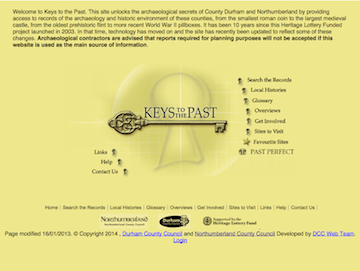
from https://keystothepast.info/se…
Habitancum Roman Fort and medieval settlement
- "Habitancum Roman fort, also known as Risingham, lies adjacent to Dere Street and close to the River Rede. It is a classic rectangular shape with rounded corners and is enclosed …
Added by
Simon Cotterill
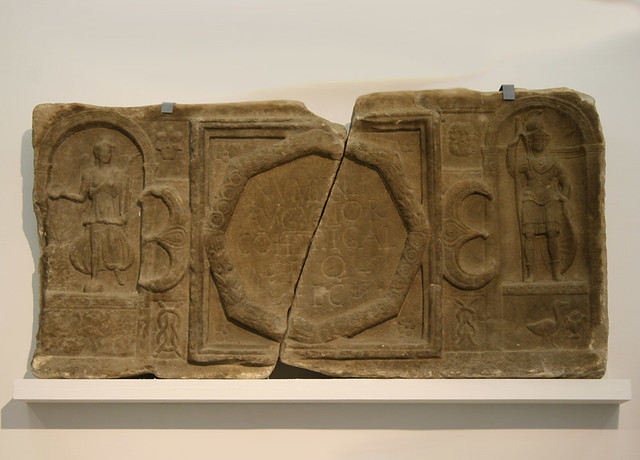
from Flickr (flickr)
Monumental stone slab with dedication to the Emperors, Roman 2nd cent. Cambridge
Pinned by Simon Cotterill


from https://historicengland.org.u…
Habitancum Roman fort and medieval settlement - List Entry
- "....Habitancum Roman fort, also known as Risingham, is situated on a low knoll, surrounded by low ground, above the River Rede. Today, the fort appears as a classically rectangular shape …
Added by
Simon Cotterill

from https://keystothepast.info/se…
Habitancum Roman Fort and medieval settlement
- "Habitancum Roman fort, also known as Risingham, lies adjacent to Dere Street and close to the River Rede. It is a classic rectangular shape with rounded corners and is enclosed …
Added by
Simon Cotterill

from Flickr (flickr)
Monumental stone slab with dedication to the Emperors, Roman 2nd cent. Cambridge
Pinned by Simon Cotterill
